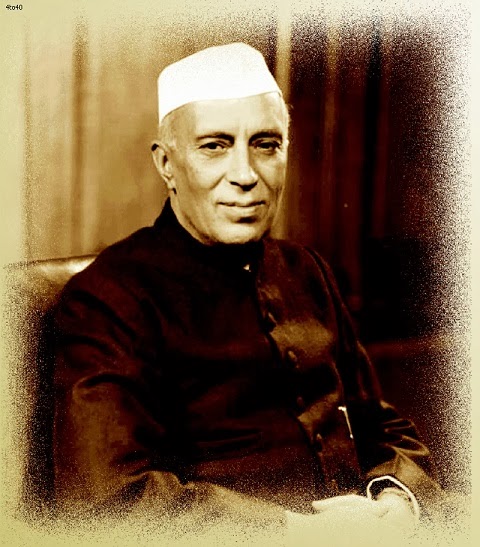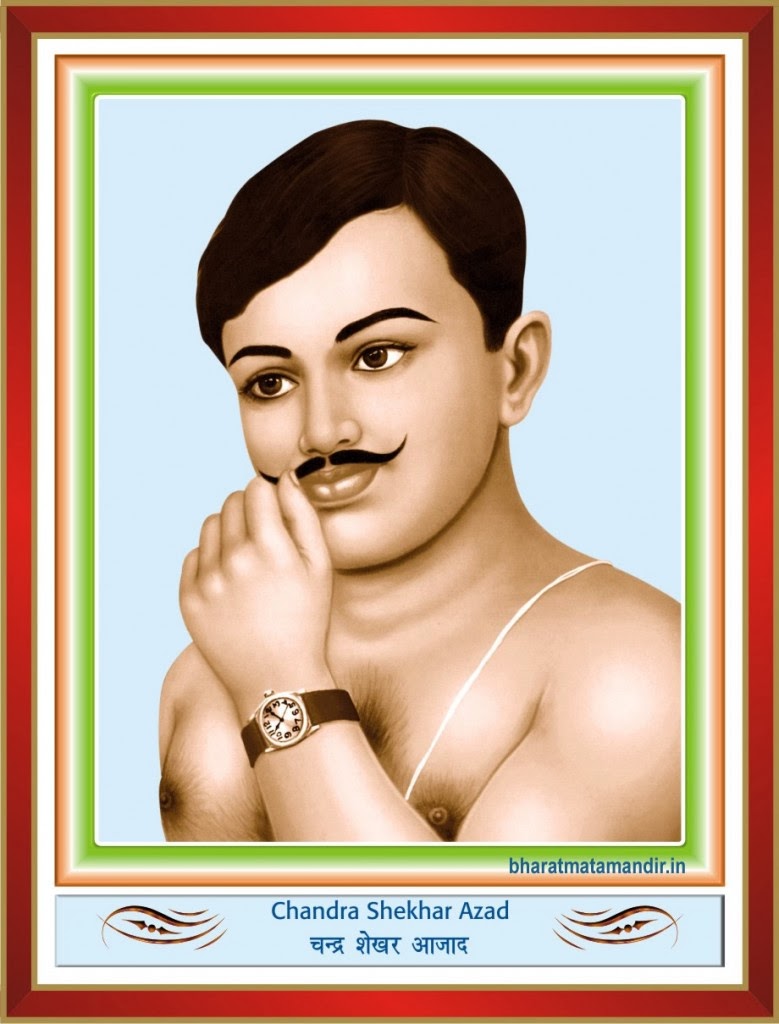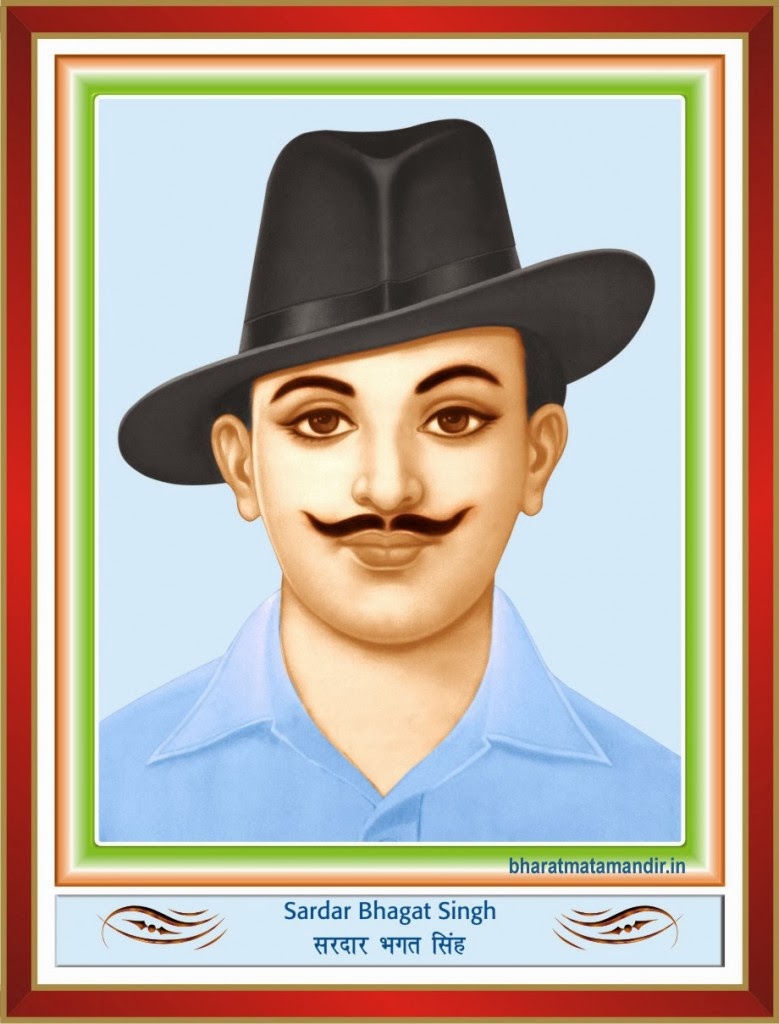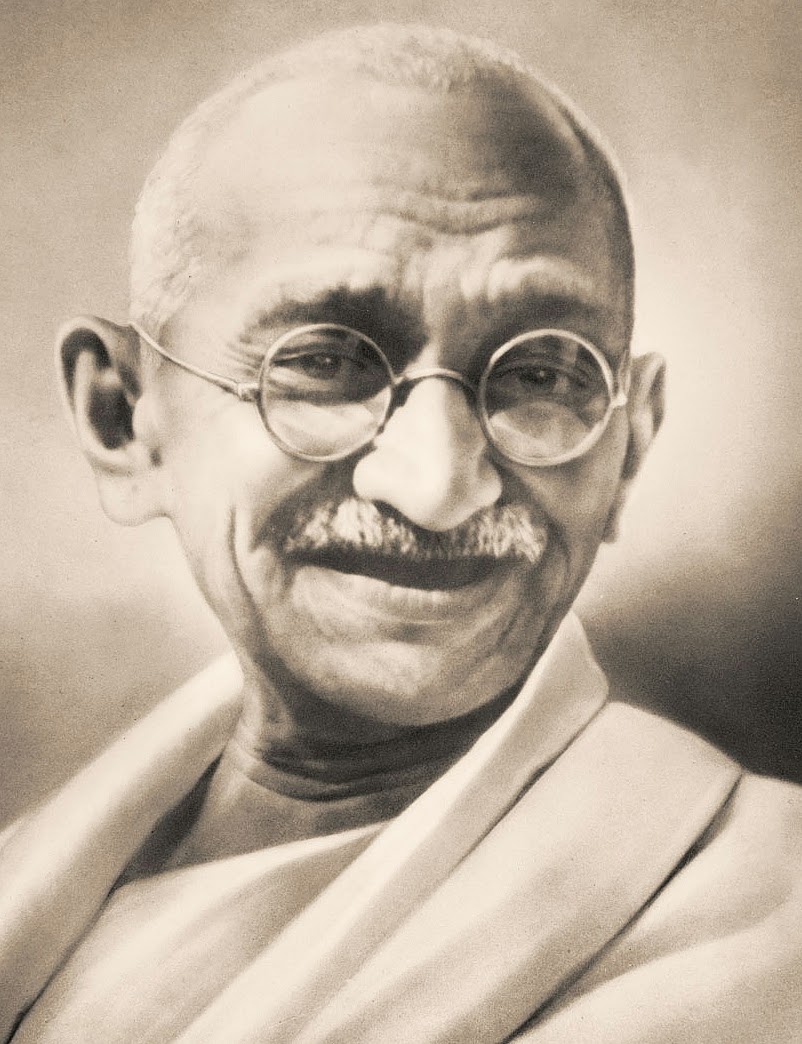
Born: January 28, 1865 - Dhudike (Punjab),
Martyrdom: November17, 1928
Achievements: Popularly known as Lala Lajpat Rai; Founded the Indian Home League Society of America; became Congress President in 1920.
Lala Lajpat Rai was one of the foremost leaders who fought against British rule in India. He was popularly known as Punjab Kesari (Lion of the Punjab).
Lala Lajpat Rai was born on January 28, 1865 in village Dhudike, in present day...
























